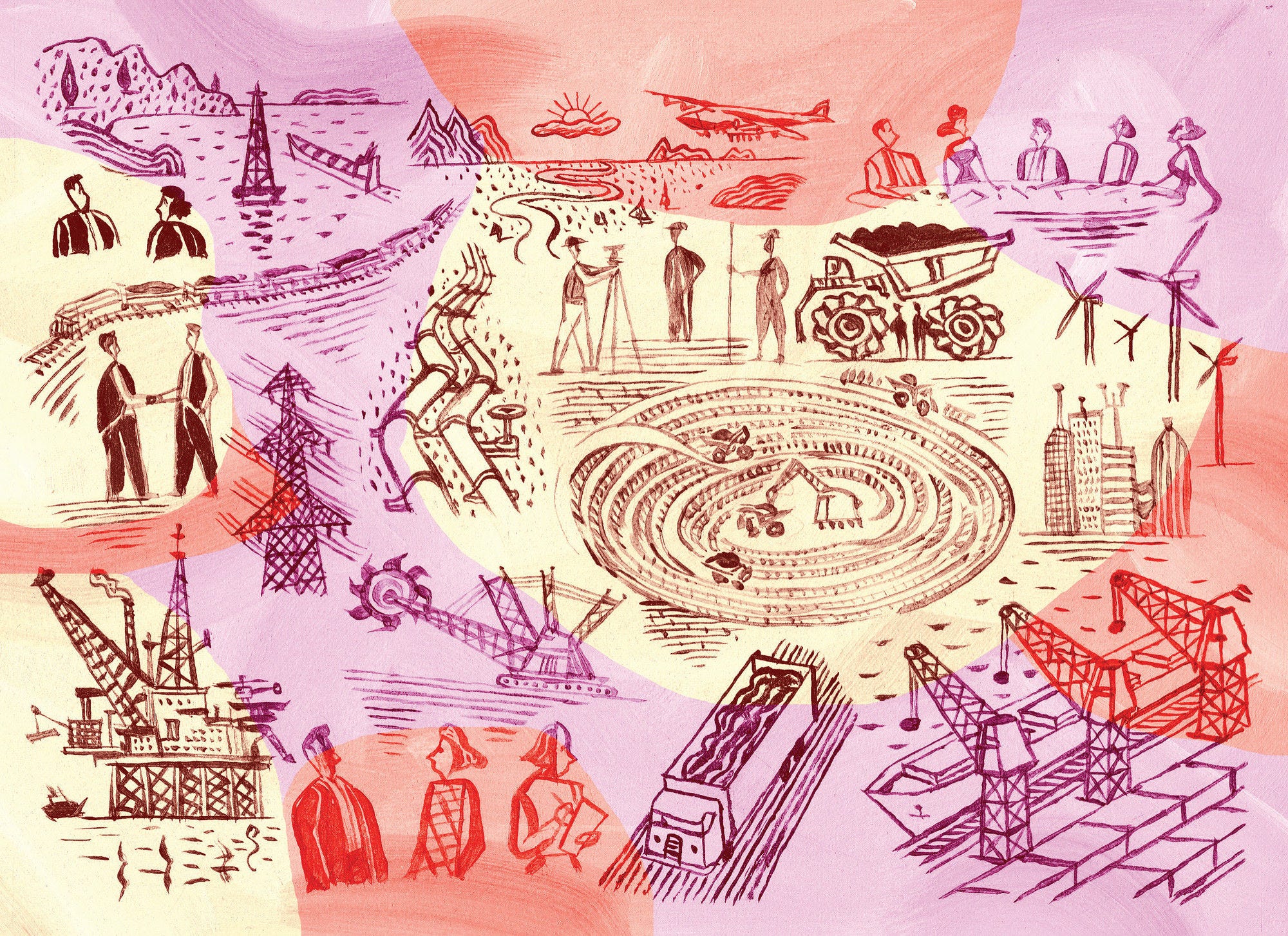Home to an abundant reserve of minerals that are vital for a low-carbon future, including copper and lithium, the Antofagasta region is in a unique position to become a global leader in responsibly sourced minerals. Antofagasta has world-class geological resources and large global mining companies, including some of the world’s major copper mines, top lithium reserves and important production of molybdenum and boron. The diverse set of assets supporting Antofagasta’s mining sector potential include:
Geological attractiveness and global mining companies: Antofagasta’s copper and lithium deposits have attracted some of the world’s largest mining companies. This includes four out of the top five global mining companies and seven out of the top ten global copper producers, among which is the state-owned CODELCO, the world’s largest copper producer.
Copper: Antofagasta is the world’s largest copper-producing region (approximately 3 million tonnes in 2021), accounting for half of Chile’s production and ahead of Peru, the world’s second-largest copper producer (U.S. Geological Survey, 2023[1]). The region hosts the world’s largest copper mine (BHP Escondida).
Lithium: Antofagasta produces all of Chile’s lithium, placing the country as the second-largest lithium producer in the world (U.S. Geological Survey, 2022[2]). The region hosts one of the largest lithium mines in the world (Salar del Carmen).
Mid-sized mining companies: There are a few mid-sized operations in the region (Franke, Mantos Blancos, Mantos de la Luna, Michilla and Taltal) that account for a small fraction of total copper production and produce some other minerals in larger proportions, most notably gold and silver.
Export-oriented infrastructure: Antofagasta’s infrastructure, including ports and trains, has been tailored to support its heavyweight mining industry. The region also benefits from the highest broadband access in the country (84.3% of households), which can facilitate economic transformation and diversification.
National universities such as the University of Antofagasta and the Catholic University of the North, together with research and development centres such as the Scientific and Technological Research Centre of the Antofagasta Region and the upcoming Lithium Institute offer highly qualified training and research. These institutions contribute to the region’s technological advancements, environmental sustainability and the cultivation of a skilled workforce.
Antofagasta’s export-oriented mining sector has propelled economic development in the country and the region. Antofagasta’s gross domestic product (GDP) per capita is the highest in the country and almost twice as high as the average of 50 OECD mining regions.1 The region's contribution to national GDP at 12.8%, is over five times its population share of 2.2%.
The main economic benefits from mining in the region include (next chapter provides further details):
As of March 2023, Antofagasta accounted for 39.4% of Chile’s total exports, of which approximately 95% were mining-related products.
The mining sector contributed around 72% of the region’s GDP (March 2023), 7 percentage points higher than in 2022.
The mining sector accounted for 113 thousand jobs in the region (May 2023), which represents 28.3% of the total employed population and 41% of the nation's total employment in the mining sector.
